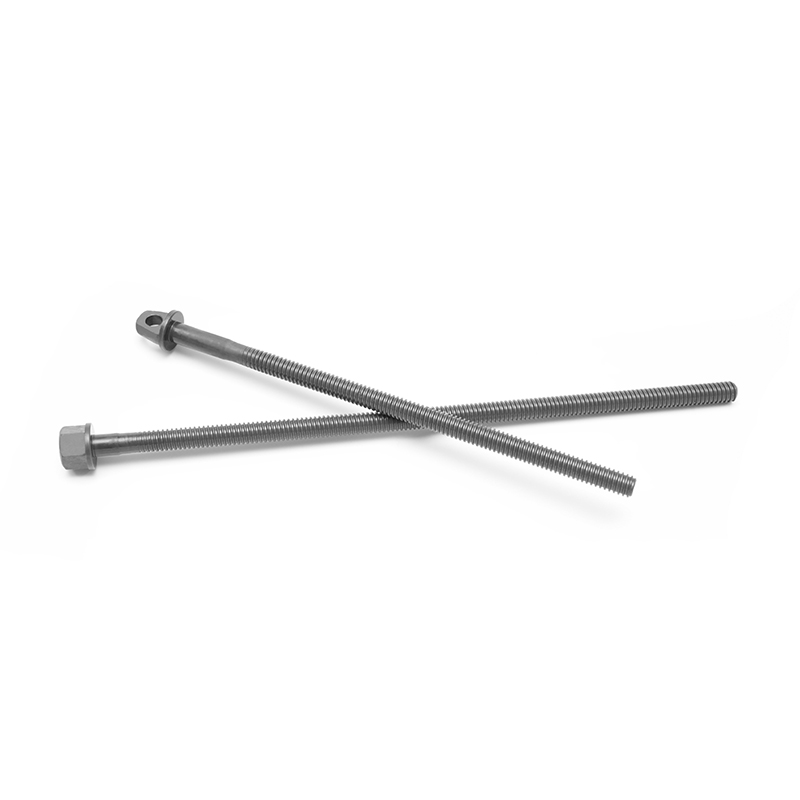A trapezoidal lead screw, also known as a Trapezoidal Threaded Lead Screw, is a mechanical component widely used in various applications requiring linear motion and force transmission. These screws are designed with trapezoidal threads, which provide distinct advantages over other thread types, making them suitable for specific industrial, engineering, and mechanical functions. This article will delve into the structure, advantages, and common applications of trapezoidal lead screws, offering a detailed perspective on why they are a preferred choice in many systems.
Structure and Design
The trapezoidal lead screw is characterized by its unique thread shape, with the thread profile forming an angle that resembles a trapezoid. This is unlike the square thread or Acme thread, which have different geometries. The thread angle of a trapezoidal lead screw typically ranges from 30° to 45°, with the most common being 30°. The lead screw consists of a shaft with a helical groove cut into it, where a nut or sleeve travels along the length of the screw to convert rotary motion into linear motion.
The design of the trapezoidal lead screw allows for efficient load-bearing and durability, as the trapezoidal threads provide a larger contact surface compared to square threads. This helps to reduce wear and improve the lifespan of both the lead screw and the nut. Additionally, the thread form is often self-locking, meaning that the nut will not rotate on its own when the screw is at rest, which can be advantageous in some applications requiring static load support.
Advantages of Trapezoidal Lead Screws
-
Durability and Longevity
Trapezoidal lead screws are designed to handle higher axial loads due to their thread geometry. The increased surface contact between the nut and the lead screw allows them to distribute the load more effectively, leading to reduced wear and improved longevity in various operating conditions. -
Self-locking Mechanism
The self-locking feature of trapezoidal lead screws helps prevent backdriving, which is the unwanted movement of the nut in the opposite direction when the driving motor is powered down. This feature is particularly important in vertical motion applications where gravity could otherwise cause the load to move unintentionally. -
Efficient Conversion of Rotary Motion to Linear Motion
Trapezoidal lead screws are ideal for converting rotary motion into linear motion with minimal backlash. This is crucial in applications where precise movement is needed, and the conversion needs to be smooth and efficient. -
Cost-Effective
The manufacturing process of trapezoidal lead screws is relatively simple compared to other types of lead screws like ball screws, making them more cost-effective. The materials used for production, such as carbon steel or stainless steel, also contribute to lower production costs without sacrificing performance. -
Versatility
Trapezoidal lead screws can be manufactured in a wide range of sizes and configurations, making them versatile enough for use in various applications, from small, precise movements in automation systems to heavy-duty operations in industrial machinery.

Applications of Trapezoidal Lead Screws
Trapezoidal lead screws are used in a wide array of industries due to their ability to provide reliable and efficient motion. Here are some of the most common applications:
-
Linear Actuators
Trapezoidal lead screws are often used in linear actuators, where they convert rotational motion from a motor into linear motion for tasks such as lifting, pushing, or positioning. These actuators are found in various devices, including robotics, medical equipment, and factory automation systems. -
CNC Machines
In CNC (Computer Numerical Control) machines, trapezoidal lead screws play a crucial role in moving machine components along their axes with high precision. Their self-locking nature ensures that the machine maintains its position when powered off, preventing movement due to external forces. -
Elevators and Lifts
In applications such as elevators or lifting devices, trapezoidal lead screws provide a reliable method of lifting heavy loads. The self-locking feature ensures that the load remains stationary, even in the absence of power. -
Machine Tools
Trapezoidal lead screws are also commonly found in machine tools, where they help in the precise movement of components. They offer a good balance of load-bearing capacity, durability, and affordability, making them suitable for many industrial uses. -
Automated Equipment
The efficiency and reliability of trapezoidal lead screws make them a staple in automated systems, where precise and smooth linear motion is necessary. These systems include conveyors, pick-and-place mechanisms, and other automated manufacturing processes. -
Solar Tracking Systems
In renewable energy applications, such as solar tracking systems, trapezoidal lead screws help adjust the position of solar panels. Their ability to handle large loads and their self-locking feature make them ideal for this application, ensuring that the panels stay in place even in windy conditions.

 English
English 中文简体
中文简体 Español
Español русский
русский عربى
عربى








